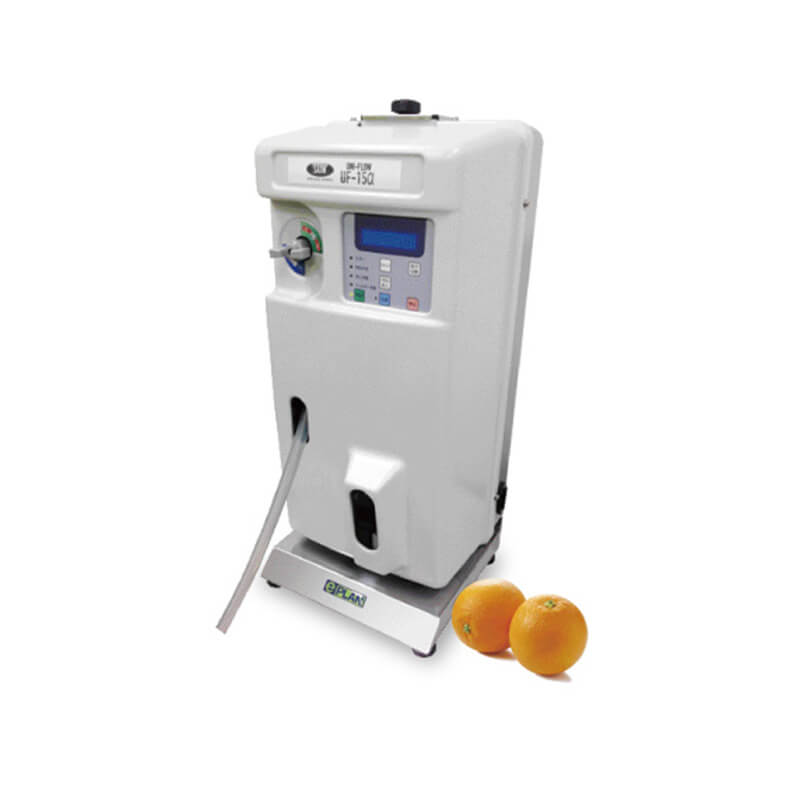Blog
Why Do My Capillaries Pain: Comprehending the Feasible Causes and Treatment Alternatives
Vein discomfort can be a stressful symptom that typically increases issues about underlying health and wellness concerns. If you’re experiencing discomfort or discomfort in your capillaries, it is necessary to recognize the green caps prospective causes as well as seek appropriate treatment if essential. This short article will discover the possible reasons your capillaries may hurt and also offer understandings into available therapy choices.
1. Varicose Veins
One of the primary perpetrators behind blood vessel pain is varicose veins, which are bigger and twisted blood vessels that typically show up on the legs. These blood vessels can be aesthetically visible and also cause discomfort, pulsating, or a heavy sensation. Varicose capillaries establish because of weak harga cellarin or damaged shutoffs in the blood vessels, resulting in blood merging and also raised pressure.
Treatment for varicose blood vessels may consist of lifestyle modifications such as routine workout, weight administration, as well as avoiding long term durations of standing or resting. Compression stockings can additionally assist relieve symptoms by improving blood circulation. In serious instances, clinical treatments like sclerotherapy, laser treatment, or surgical treatment might be recommended to eliminate or close off the influenced capillaries.
2. Deep Blood Vessel Thrombosis (DVT)
Deep capillary apoplexy, generally referred to as DVT, happens when an embolism types in a deep blood vessel, commonly in the leg. This problem can trigger pain, swelling, heat, and soreness in the afflicted area. If an embolism break out and takes a trip to the lungs, it can cause a possibly life-threatening problem called lung blood clot.
Treatment for DVT typically includes blood slimmers to stop the clot from enlarging as well as to minimize the threat of problems. Sometimes, physicians may suggest making use of compression stockings or a gadget to assist enhance blood circulation as well as decrease discomfort.
If you presume you have a DVT, seek prompt clinical attention as it calls for punctual medical diagnosis as well as therapy.
3. Superficial Thrombophlebitis
Superficial thrombophlebitis is an inflammation of a superficial blood vessel, normally near the surface of the skin. It often takes place in the legs as well as offers as a puffy, red, and tender vein. The condition is typically triggered by injury, infection, or underlying vascular illness.
Therapy for shallow thrombophlebitis might include using warm compresses to the damaged area, boosting the leg, as well as taking over the counter anti-inflammatory medicines. If an infection is present, antibiotics might be recommended. In serious instances, your doctor might suggest getting rid of the affected blood vessel or recommending blood slimmers.
4. Phlebitis
Phlebitis refers to the swelling of a blood vessel, which can be brought on by different aspects including trauma, infection, or long term IV usage. Symptoms of phlebitis consist of pain, redness, swelling, as well as heat around the influenced blood vessel.
Therapy for phlebitis generally involves remainder, altitude of the impacted arm or leg, and warm compresses. In many cases, your doctor might recommend anti-inflammatory drugs or anti-biotics if an infection is present. Compression stockings may additionally be helpful in reducing pain and also enhancing blood flow.
5. Other Feasible Causes
Along with the problems stated above, various other possible causes of blood vessel pain consist of:
- Thrombophlebitis: Swelling of a vein with a blood clot
- Peripheral artery disease: Decreased blood flow to the limbs
- Peripheral neuropathy: Nerve damage that affects experience in the limbs
- Raynaud’s condition: A condition that influences blood circulation to the extremities
- Hormone changes: Hormone variations while pregnant or menopause can occasionally result in vein discomfort
- Injury or trauma: Blood vessels can become excruciating after an injury or trauma, causing swelling or blood clots
If you’re experiencing relentless or aggravating capillary pain, it is very important to speak with a healthcare professional for correct medical diagnosis and ideal therapy options.
Final thought
While blood vessel pain can be concerning, the underlying reasons can frequently be dealt with properly. Understanding the possible factors behind your blood vessel discomfort as well as looking for medical advice can help alleviate signs and symptoms and protect against problems. Whether it’s varicose capillaries, deep vein apoplexy, shallow thrombophlebitis, or various other feasible causes, there are various treatment alternatives available to address your particular problem. Remember, it’s always best to speak with a medical care specialist for a precise medical diagnosis and tailored therapy strategy.
- La avvenimento bella e quale una acrobazia che tipo di hai appreso il arcano dello squirt
- Se esta comigo, sei que tudo ficara ventura
- 33er Kasino Bonus Sourcecode 5 euro einzahlen Januar 2024 Bestes Offerte Hier!
- Book Of Ra Maschine Kaufen
- As to the reasons Colombian Mail order Brides Are Most Really worth Relationship
Bài viết cùng chủ đề:
-
25 Freispiele casino mit telefonrechnung bezahlen Abzüglich Einzahlung
-
Ladbrokes 300 casino bonus Spielsaal Erprobung
-
Triple Diamond Slot Remark, /online-slots/sterling-silver-3d/ Speel Gratis, Rtp 95 06percent
-
Merely Shell out From the their website Call Text message Casinos
-
Claim Free Spins When you File and to critical link Add We Credit card Outline Inside Uk
-
Unser Kasino 5 online casino paypal Eur Einzahlung
-
Wild /online-slots/wasabi-san/ Cherry Slot
-
Lordlucky online casino bankeinzug Spielsaal Bewertung




